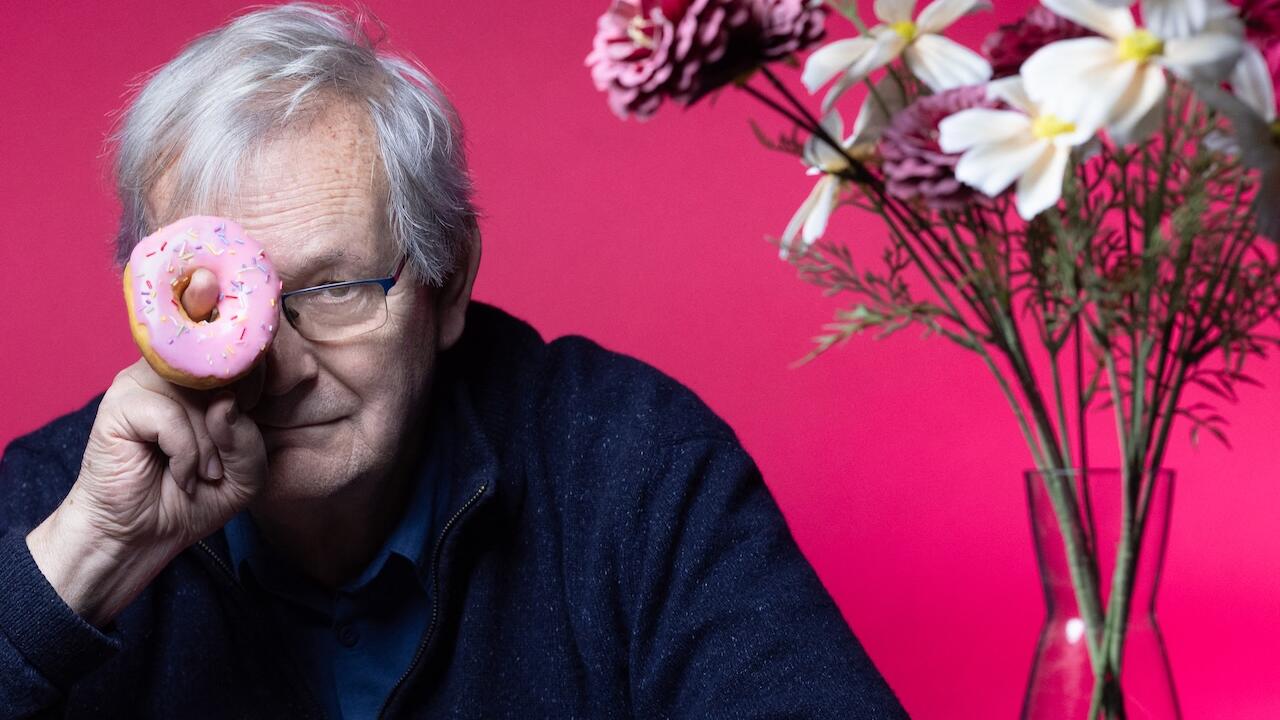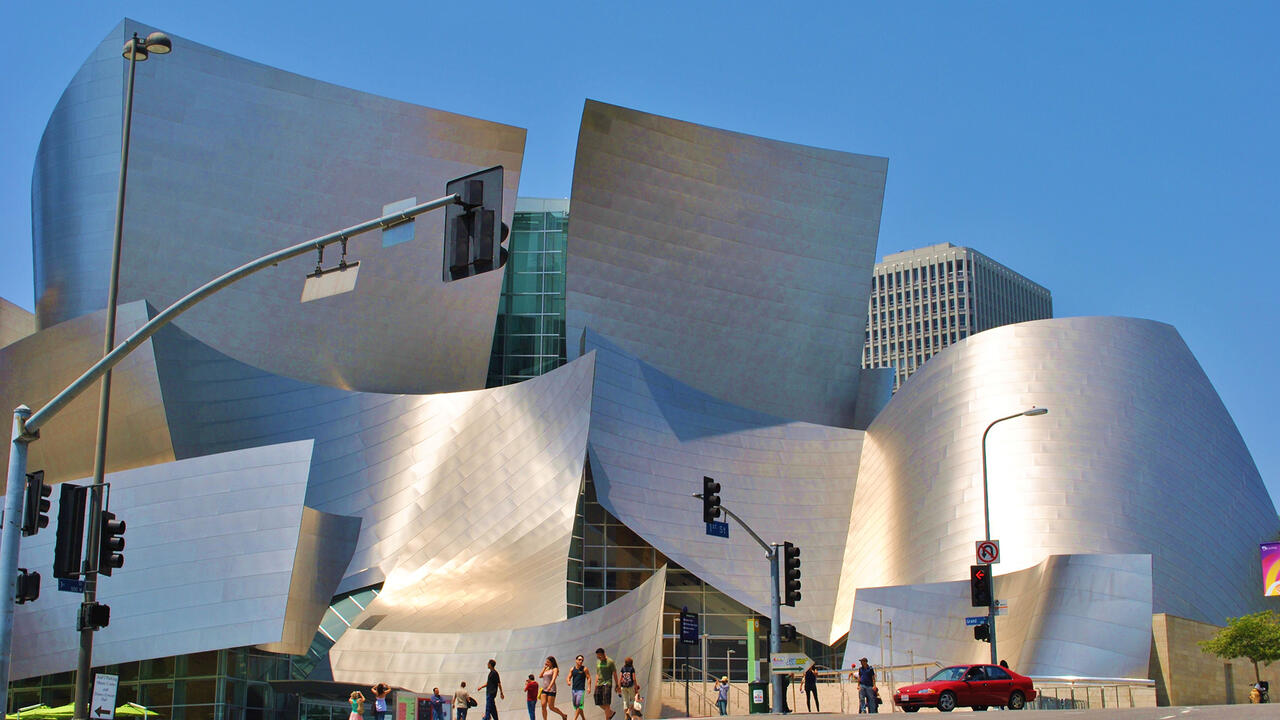You Got The Look
Art for sale, the media, fictional Europe and moribund Punk
Art for sale, the media, fictional Europe and moribund Punk
Point 1: I received an email today from my friend the writer and artist David Robbins. He’s working on a collection of his writings on art, a book that for him ‘characterizes the art world as a frame of mind, eventually rejected’. Today we’re discussing the art market. David writes, ‘lately I’ve realised that since art has no meaning other than being-a-success-at-art, the very thing that modern art is meant to explore – functionlessness – has ended up restoring function to art. Art’s function is to succeed in the marketplace for art. How’s that for an irony?’
Point 2: Responses to contemporary art in the British media are always singularly depressing. In London the Tate Triennial has just opened and was universally panned by the press. Of course it’s a flawed show – how can it not be? Triennials, by their very nature, seem doomed to fail and when you throw in the fact that this is a national survey of new art, located at Tate Britain and selected by a Swiss curator, you’re on a roll. The grand pressure of spectacle and public accountability is imposed on both the curatorial proposal itself and on works that were never necessarily intended to be both definitive and universally appealing.
The show includes both good and not so good works; it’s elegantly hung in a chi chi way. It looks like a great big exhibition by London’s Cabinet gallery, but run through an institutional mill. It’s most interesting in relation to what it’s not. It’s not a yBa show – whatever that means these days – of any shape or distinction. Neither is it pedagogical or academic. Instead it’s rather off-hand; chicly middle European with a cool flatness. Weirdly, this is both refreshing and dull.
The overall feel of the show – the polite, international aspirationalism of a Tate Modern-type trajectory that assumes we’re all au fait with Modernist design – jars however with some of the most interesting works’ use of the vernacular. Or rather, the grubby glamour of vernacular forms redolent of a more parochial British-ness of a bygone era. The late 1970s and early ‘80s serve as both reference point and motif. So, although the show doesn’t function at all well, as a proposal and a reflection of a frame of mind it’s great, very odd and not at all ironic.
Point 3: At the Basel-Miami art fair last December, Wade Guyton and Kelley Walker’s work was everywhere. Every collector who opened their doors to the art tours had major pieces from each of these artists placed centre stage. What’s pertinent here is how these youngish American artists use ‘Europe’ as a key motif in their work. By this I mean ‘Europe’ as in a photograph of a Swiss style chalet, or a Victorian Gothic font signalling ‘German-ness’ or ‘Swiss-ness’ to great effect. ‘Europe’ is signified as a fiction and in turn is quoted as one motif among many in their semiotic layering and factory style production. It is a peculiarly inverted, nostalgic and aspirational fantasy for American artists to desire to signal a Kippenbergesque-cool-combined-Constructivist European moment and to do so with such confidence.
Point 4: In London’s Selfridges department store this month they are promoting an event experience called ‘Future Punk’, a ‘four week celebration of the attitude that has influenced culture since 1976’. So here in the Ultralounge, ‘London’s coolest alternative event space’ – ie the basement of the store – you can participate in the ultimate punk shopping experience: exclusive Fendi and Chloe punk handbags are on sale alongside exclusive Vivienne Westwood jewellery, Katie Grand’s POP shop and Rough Trade music stall. The Buzzcocks and The Slits will be playing live, Malcolm Maclaren will be talking, Pam Hogg and Don Letts will be Djing and there’ll be film screenings and a fanzine workshop hosted by the people behind Sniffin Glue. You’ll be able to create a punk T-shirt and join in ‘Punk debate, Punk fashion. Punk fashion shows and Punk rock karaoke’. ‘Future Punk’ presents a breathtakingly comprehensive retail-leisure experience and as such is a consummate exercise in super-marketing, brand alignment and product placement. In the words of Robbie Williams, ‘All that’s left is advertising space’.
Polly Staple is editor at large of frieze, and director of Frieze Projects.












